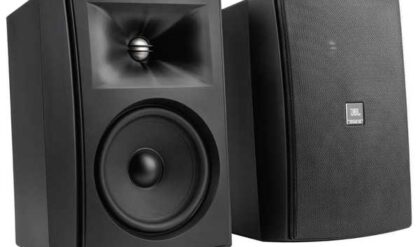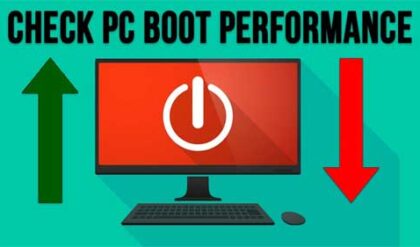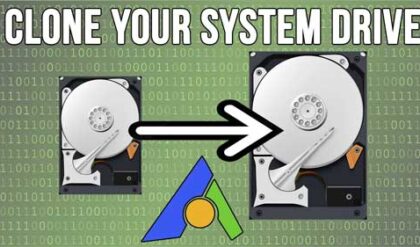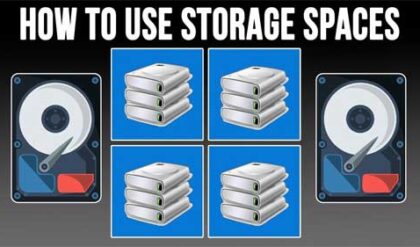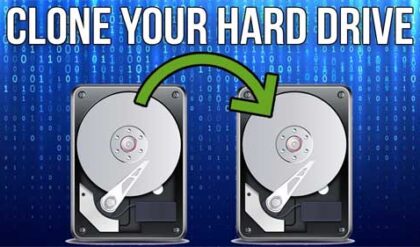A CD-ROM drive (Compact Disk – Read Only Memory) is a type of device used by your computer to read CDs. These CDs are used for a variety of purposes such as installing software and playing music. I’m sure you have used one but may be wondering how exactly they work. In this computer tip we will explain how they work to give you a better understanding without going into too much detail to confuse… or bore you. This also applies to DVD drives as well although they work a little differently.
A CD-ROM drive operates by using a laser to reflect light off the bottom of the CD or disc. The reflected light pulses are read by a photo detector. These incoming pulses are decoded by the microprocessor and then sent as usable data to the rest of the computer where it is processed and used.
The CD-ROM drive gets its power from the computer’s main power supply. An IDE controller inside the computer sends instructions back and forth between the computer and the CD-ROM, telling the CD drive to send data to the computer. This is the same type of controller used with IDE hard drives. Some CD-ROMs use another type of data connection called SCSI which is a faster type of connection as well as the newer SATA connection commonly used with today’s modern hard drives. The IDE controller sends and receives information to and from the drive using a 40 pin ribbon cable just like with a hard drive. CD-ROMs also send data over an audio cable that attaches to the sound card or to a sound port on the motherboard. Then the sound card sends the sound and music to the computer’s speakers.

Data is stored on the disc as a series of tiny indentations or "pits". A laser is shined on to the reflective surface of the disc to read the pattern of pits and lands (the space between the pits). A standard 120 mm CD-ROM holds 650 or 700 MB of data depending on the type. By increasing the speed at which the disc is spun, data can be transferred at higher rates. The fastest transfer rate in use on current drives is 52x or 10,350 rpm which transfers data at 7.62 megabytes per second. CD-Recordable drives (CD-RW) are often labeled with three different speed ratings, one speed for write once operations, one for re-write, and one for read only. That’s why you see drives that say something similar to 52X/32X/52X as the speed rating.
Although the discs and the drives of the CD and CD-ROM are pretty much the same, there is a difference in the way data storage is organized. There are 2 modes for CD data storage. Mode 1 is for storing computer data and Mode 2 is for compressed audio or video data. The CD-ROM, like regular CDs, has data encoded in a spiral track beginning at the center and ending at the outermost edge of the disc. The spiral track holds 650 to 700 MB of data. A CD-ROM disc is made of an aluminized or gold flashed reflective material, with polycarbonate plastic for durability. Then the discs are given a lacquered or plastic coating.

